The booming residential property market is continuing to impact positively on the market for forecourt property. Prices – while still not as strong as pre-Pricewatch days – are improving year on year.
“The market is more active than it has been in recent years,” says John Couling, associate director of Lambert Smith Hampton. “There’s a healthy market for forecourt property in good quality residential areas – particularly where there’s high demand or a shortage of land.
“There’s also good demand for high volume filling stations – four million litres-plus, with good shop sales, supplemented by good car washing business. Those sites are selling for around £300,000 to £500,000. If the site has a small shop but space to extend, and no wash facilities, it will sell for the lower end.”
When it comes to prices for alternative use sites, Couling says forecourts can fetch anywhere between £100,000 and £1m. “It’s the planners that dictate the value and residential flat developments in the south can pay up to a million pounds.”
PROPERTY POTENTIAL
The last two to three years have seen major site disposal programmes from Shell, BP, Esso, Texaco and Total for both continued trading and alternative uses. The summer of 2003 saw another major portfolio of forecourt premises brought to the market, this time by Esso.
Geoff Sayer, associate partner for the motor trade & roadside department at Rapleys, said: “There has been a very clear trend towards maximising retail potential in the shop due to the rise of convenience retailing, which has also been magnified by increasingly tough market conditions for fuel sales.”
With the oil companies now concentrating on their best performers, the market appears to be left with a constant supply of low to medium volume forecourts and an increasing interest in convenience retailing.
Many retailers with marginal businesses are facing the decision of either improving the site or adding it to the conveyor belt of available property. “For owners of sites that are large enough and well located it is likely the market will have come to you already. Many of the premises recently marketed by Esso are thought to have attracted considerable interest from the convenience sector,” says Sayer.
GREENFIELD DEVELOPMENT
While the forecourt property market has traditionally centred around buying and selling sites either for continued or alternative use, there’s an emerging trend of developing forecourts on greenfield sites.
“At the moment greenfield site development is limited to specialist developers,” says John Couling. “But when the oil companies are finished with their divestment programmes – and in some cases these are high-volume sites but just in the wrong location for them, such as a low pricing area – they may look for suitable locations on greenfield sites. What will activate that is if the Government gets into a road building programme which will release greenfield sites for future forecourt development.”
One retailer to build on a greenfield site was Forecourt Trader of the Year winner Jonathan James. His Witchford Road Service Station in Ely, Cambridgeshire, bore all the right attributes for a successful forecourt.
“When I’m looking for a greenfield site I look for a roundabout,” explains Jonathan. “When you’ve got vehicles slowing up, that’s a natural break for motorists. You’ve also got numerous roads meeting at one point.”
Because Jonathan has the Budgens Local fascia, he was looking for a site’s proximity to chimney pots. “An ideal location is on a bypass, or where a bypass meets a road that goes to or from houses,” he says. “Ely combines a transient location with a natural route for people going in and out of their homes.”
Once Jonathan found the perfect location he got a traffic flow report from the Highways Department at the local council. “I’d look for at least 20,000 vehicle movements a day for a decent site,” he says.
With the Ely project, Jonathan then approached Budgens for the multiple’s prediction of shop sales. “They do a report which works on the last census. You then add on a little for transient customers for impulse sales – about five to 10 per cent,” he says. “When we applied for the alcohol licence, we applied for it on what was just a field, but the police take the figures from Budgens and BP as gospel.”
Jonathan plumped for a motorway pole sign to help make his site as imposing as possible. “I never thought I’d get permission but I wanted to make a statement and make the pole sign visible from all angles,” he says.
Jonathan also advises retailers to make the flow of traffic as simple as possible. “Motorists don’t want to have to think about it when they drive on the forecourt,” he says.
Jonathan then looked at paper templates from ACT Design and juggled the design to make the most of the location. The council also asked for seven parking spaces in a natural place for people to pull up and use the shop.
“You have to keep the flow of traffic continuing in the same direction to minimise accidents,” says Jonathan. “I also tried to make the exit as narrow as possible to help catch drive-offs.”
Other advice from Jonathan is: “Make the shop as big as you can, and the office as small as you can, because that doesn’t make you any money. And because I have six deliveries a week, I can get away with a small storeroom. Make the site nice and bright – lighting always makes a statement.”
TOWN PLANNING
Site enhancement or selling on for alternative use inevitably involves the town planning system, says Rapleys. “In assessing the redevelopment of forecourts, local authority planners usually need proof that any proposal will preserve the amenity of neighbouring occupiers, satisfactorily manage its pedestrian/vehicular custom and respect the trading profile of nearby, local shopping centres,” says Robert Clarke, partner in the planning department at Rapleys.
“When it comes to alternative uses, the opportunities will generally be guided by local planning policy and nearby development,” adds Clarke. “But noting the Government’s commitment to making the most efficient use of urban land to accommodate new housing growth, it is evident that redundant or under-used service stations, within towns, may offer residential potential.”
Environmental liability is extremely important when it comes to selling forecourt property on for alternative use. “Owners must understand how much it will cost to clean up if contamination exists and who will be responsible to pay,” says Clarke. “The issue also arises as to the proposed use of the site given that a higher standard is required for residential use than for commercial use.”
The future of the forecourt property market looks bright. John Couling at Lambert Smith Hampton says: “We’ve got some great activity for fuel and non-fuel, and next year I think we’ll see it getting stronger with oil companies coming back into the market looking for both existing sites and dipping their toe in the water with greenfield sites.”

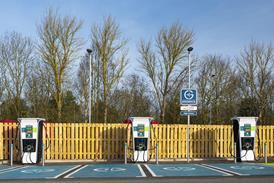










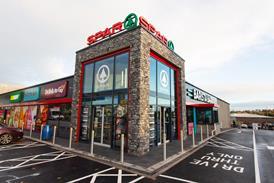


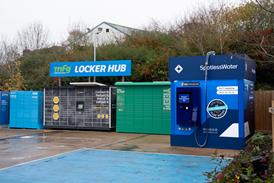
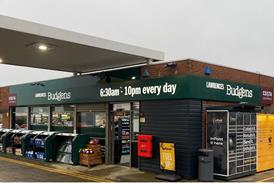

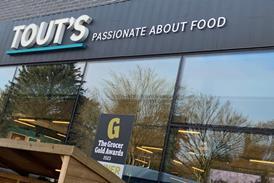





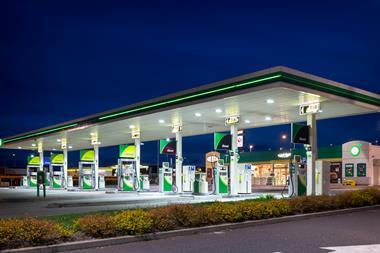

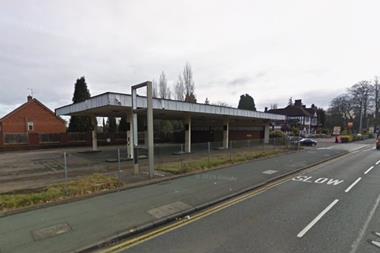
No comments yet